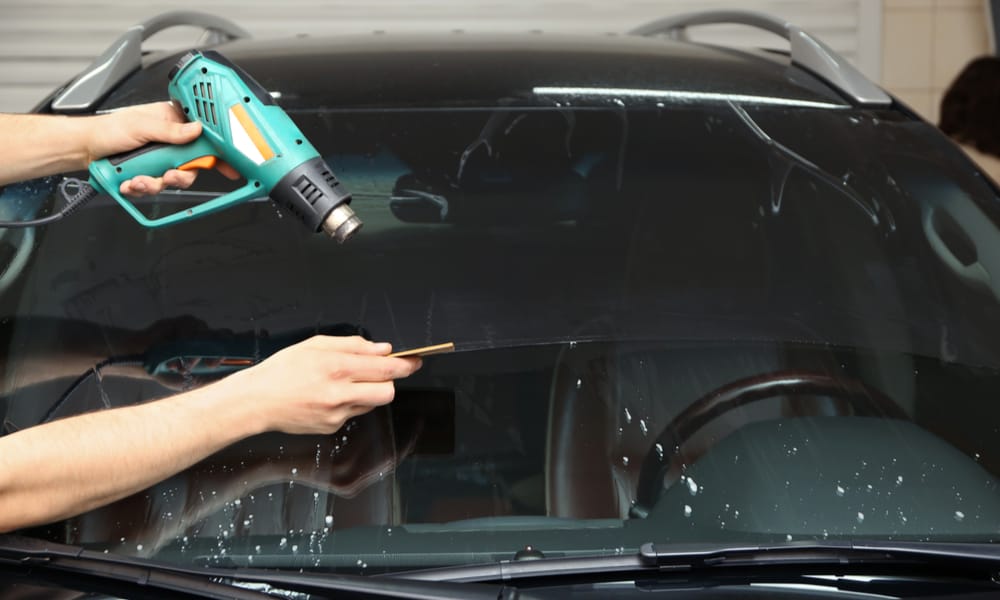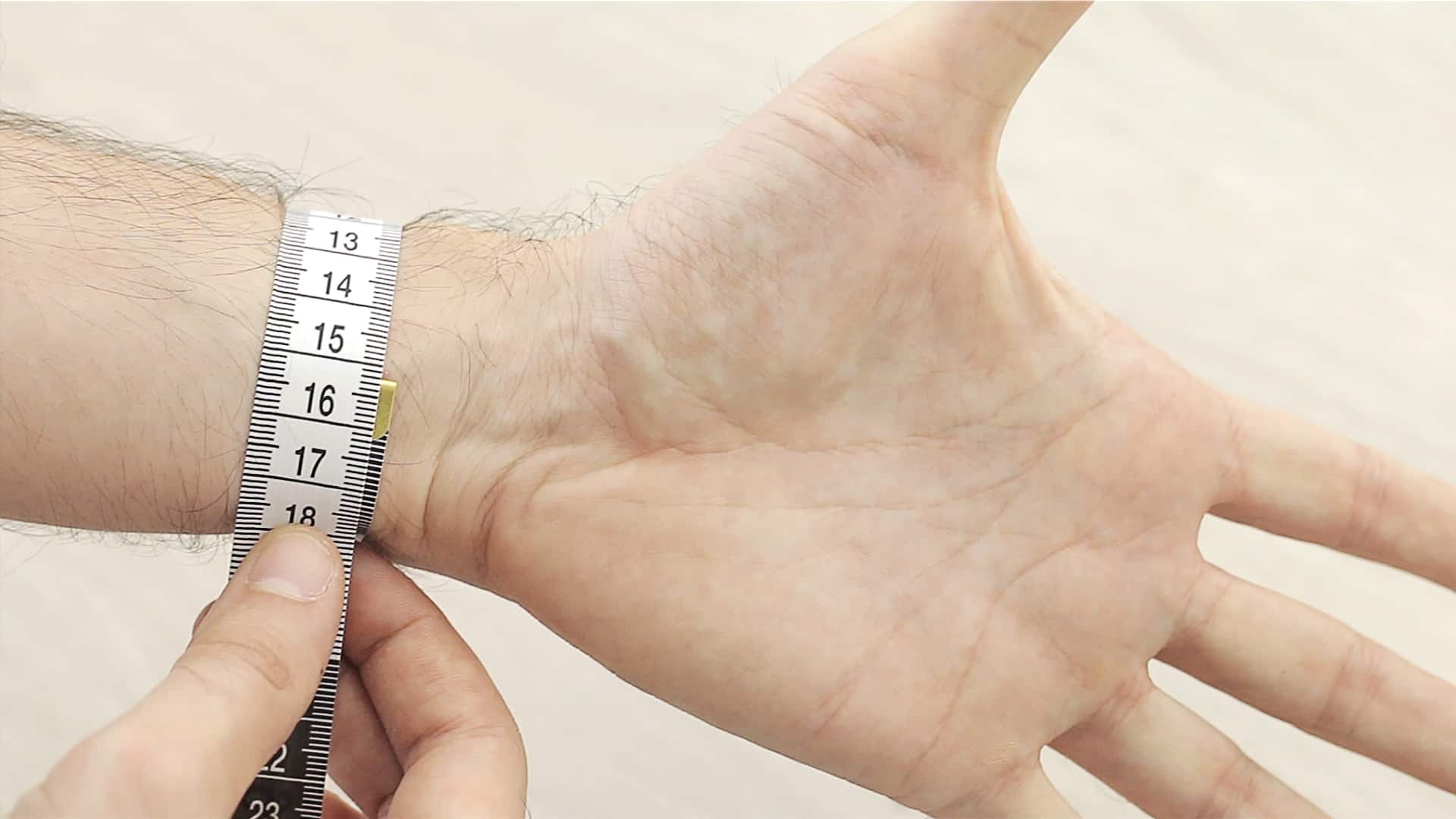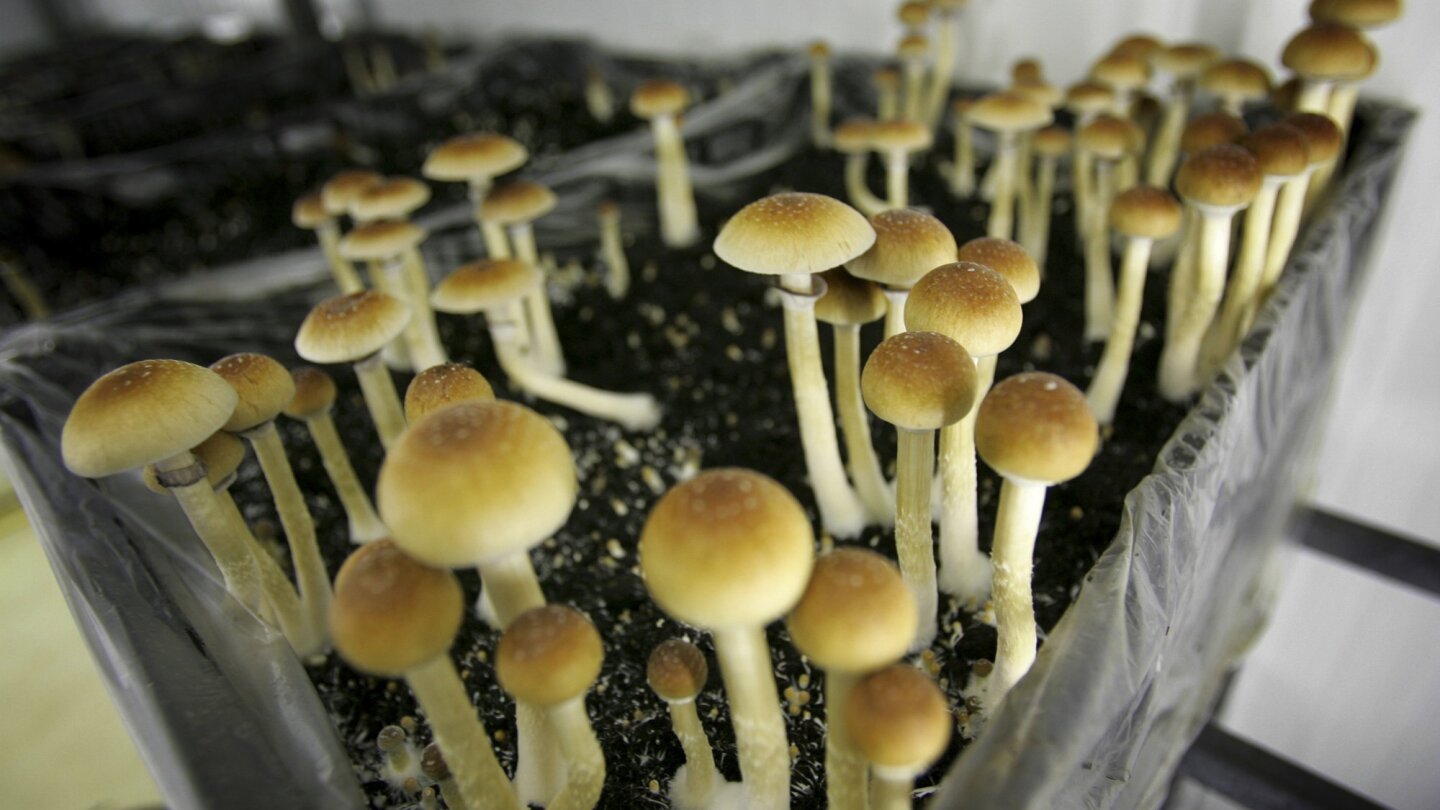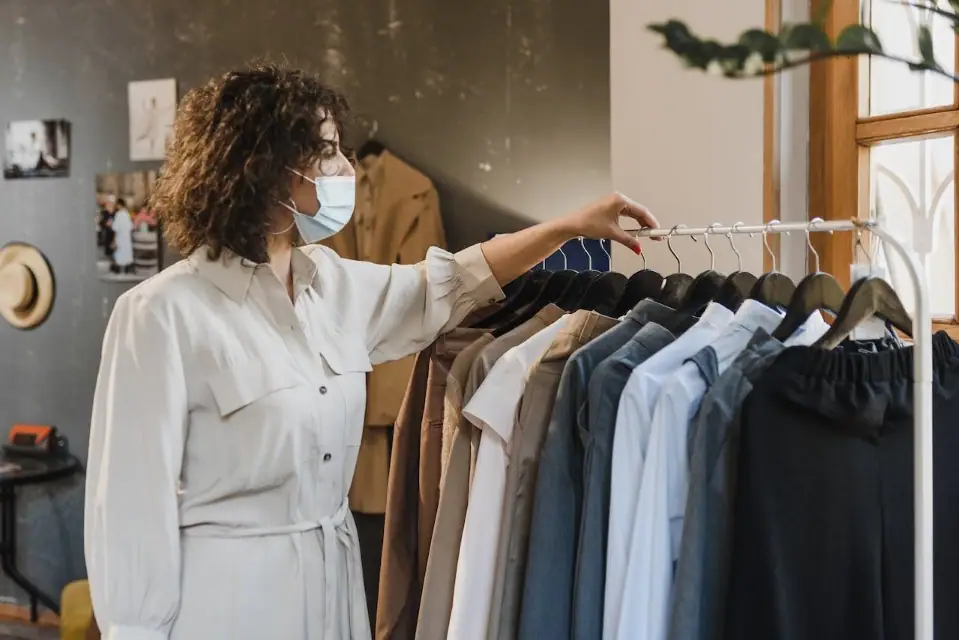Window tinting is a popular automotive and architectural customization that not only enhances the aesthetics of your vehicle or building but also provides various functional benefits, such as increased privacy, reduced glare, and improved temperature control. If you’re considering tinting your windows, you might wonder, “How long does it take to tint windows?” In this comprehensive guide, we’ll explore the factors that influence the duration of the tinting process, popular questions people ask about window tinting, and much more.
Understanding the Window Tinting Process
Window tinting involves applying a thin, transparent film to the interior or exterior of glass surfaces. This film is made of multiple layers, typically including an adhesive layer, a polyester film layer, and a scratch-resistant top coat. The tint film varies in thickness, and its performance attributes, such as heat rejection, UV protection, and darkness level, depend on the specific type and quality of the film.
The time required for window tinting can vary significantly based on several factors, including the type of window, the skill of the installer, and the type of tint film chosen. Let’s dive into these factors to get a better understanding.
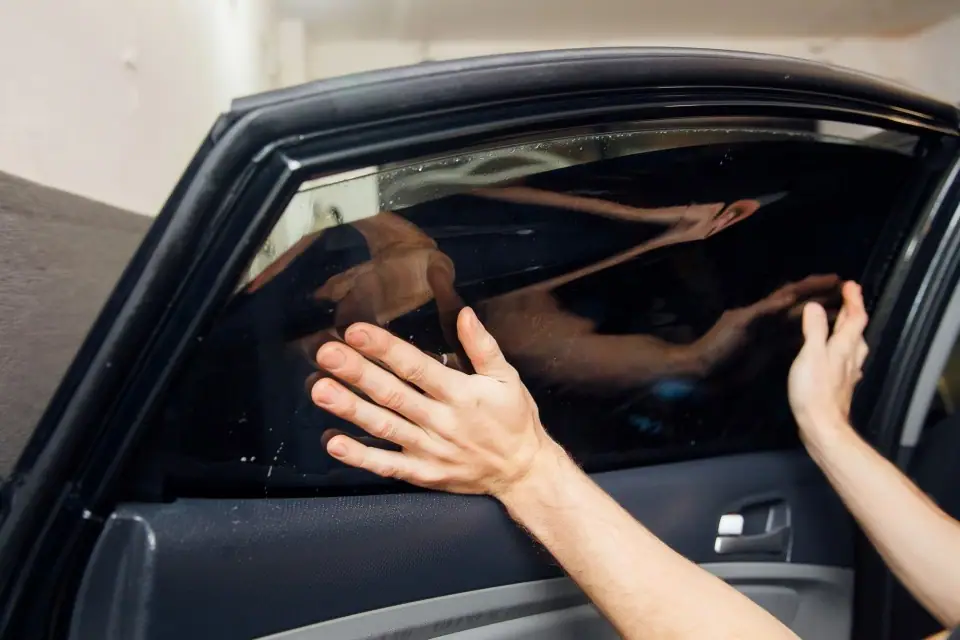
Factors Influencing Tinting Duration
- Type of Vehicle or Building: The size and complexity of the windows play a crucial role in determining how long the tinting process will take. Tinting a small sedan will typically be quicker than tinting an SUV or a building with extensive glass surfaces.
- Number of Windows: Naturally, the more windows you have to tint, the longer the process will take. A standard car with four side windows and a rear window may take less time than a vehicle with additional windows, such as sunroofs.
- Type of Tint Film: High-quality tint films often have better optical clarity and are easier to install. Cheaper films may be thinner and more challenging to work with, potentially extending the time required for the installation.
- Installer’s Skill and Experience: An experienced professional can complete a tinting job more efficiently than someone with limited experience. Their expertise ensures that the tint is applied evenly and without air bubbles, which can prolong the process if they need to redo sections.
- Preparation and Cleanliness: Properly preparing the glass surfaces and ensuring they are clean and free of debris are crucial steps in the window tinting process. Neglecting these steps can lead to complications and prolong the installation.
- Curing Time: After the tint film is applied, it needs time to cure and adhere properly to the glass. The curing time may vary depending on the specific tint film and environmental conditions.
Now, let’s address some common questions people have about window tinting:
- Can I tint my windows myself? Tinting windows yourself is possible, but it requires the right tools, skills, and a controlled environment. It’s often recommended to have window tinting done by a professional to ensure a high-quality result and avoid common issues like air bubbles and uneven application.
- What’s the best window tint darkness level? The best darkness level for window tinting depends on your specific needs and local regulations. For example, many states have laws regulating the maximum darkness allowed on vehicle windows. It’s essential to research your local laws and consider factors like your desire for privacy, UV protection, and heat reduction when choosing the darkness level.
- How long does it take for tinted windows to fully cure? The curing time for tinted windows can vary based on factors such as the type of tint film and environmental conditions. In general, it may take anywhere from a few days to a few weeks for the tint film to fully cure. During this time, it’s essential to avoid rolling down the windows or cleaning them to allow the film to bond properly.
- Does window tinting provide UV protection? Yes, many window tint films offer UV protection. They can block a significant portion of harmful UV rays, helping to protect your skin, reduce fading of interior materials, and increase your overall comfort while driving or staying in a tinted building.
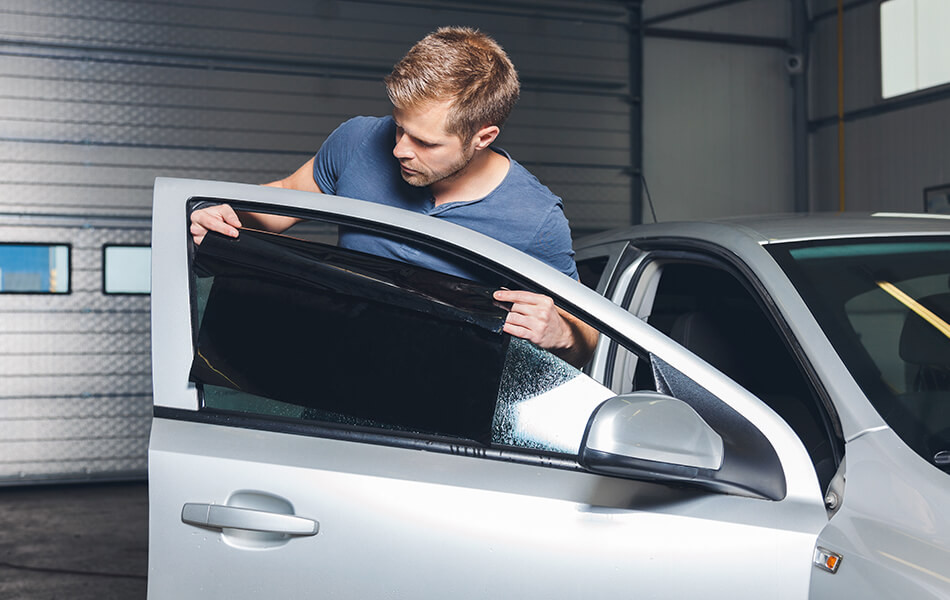
Conclusion
In conclusion, the time it takes to tint windows depends on various factors, including the size and number of windows, the type of tint film, the installer’s expertise, and proper preparation. While smaller vehicles with basic window configurations may be completed in a few hours, larger vehicles or buildings with extensive glass surfaces can take longer.
If you’re considering window tinting, it’s important to choose a reputable professional who can provide expert advice and ensure the job is done correctly. Additionally, understanding your local regulations and your specific goals for tinting can help you select the right darkness level and type of tint film.
Remember that the curing process is also a crucial part of window tinting, so be patient and follow the guidelines provided by your installer to allow the tint film to fully bond and provide the desired benefits. With the right choices and proper care, window tinting can enhance the comfort and style of your vehicle or building for years to come.

